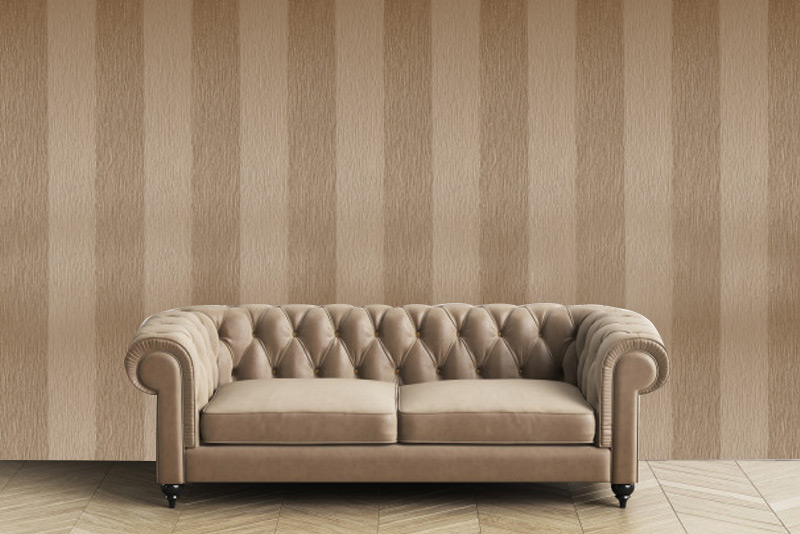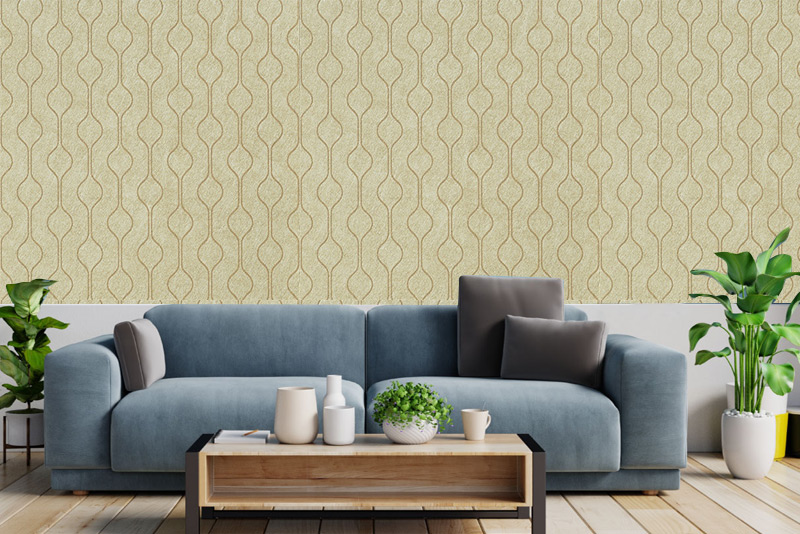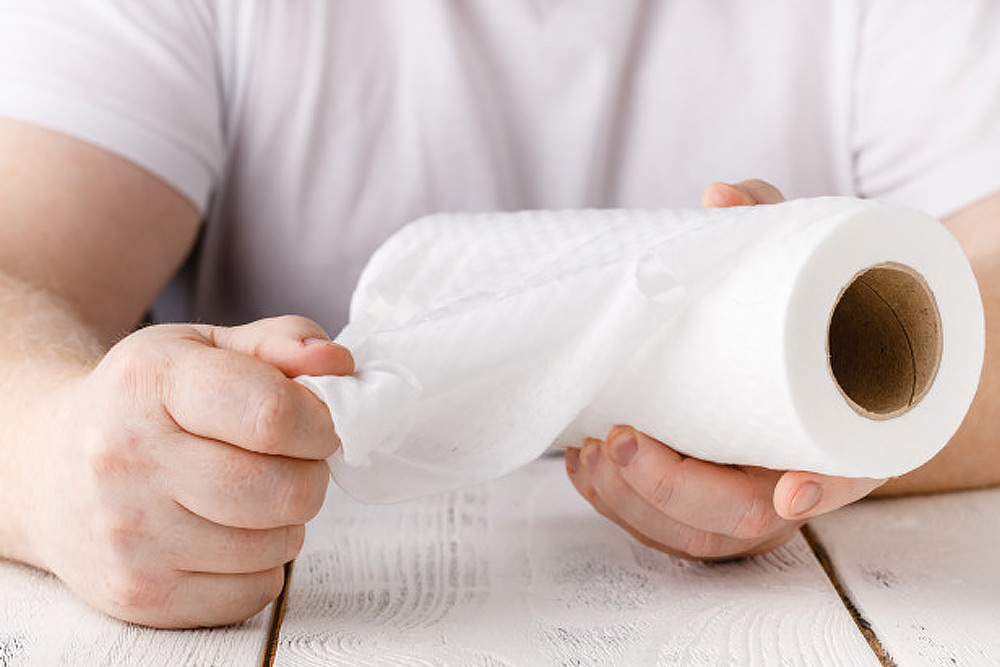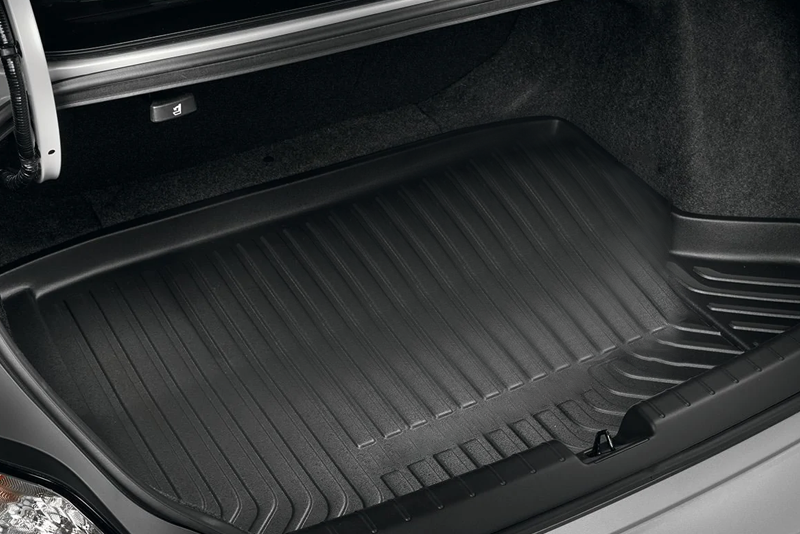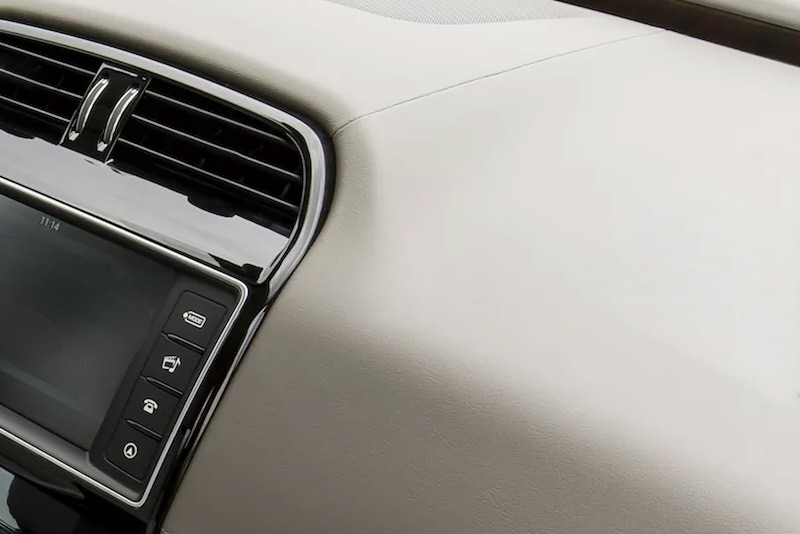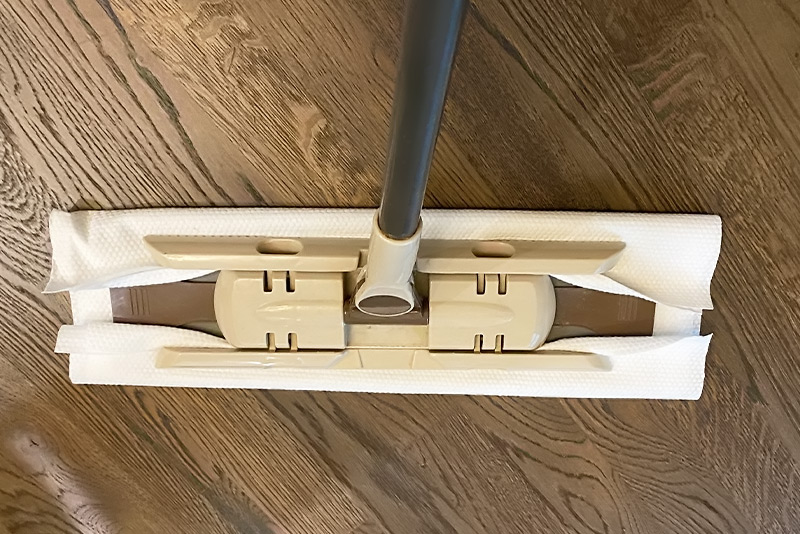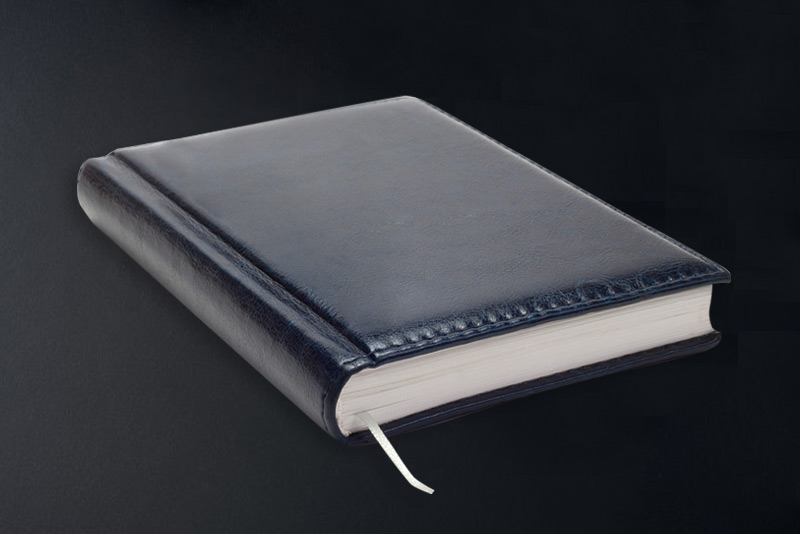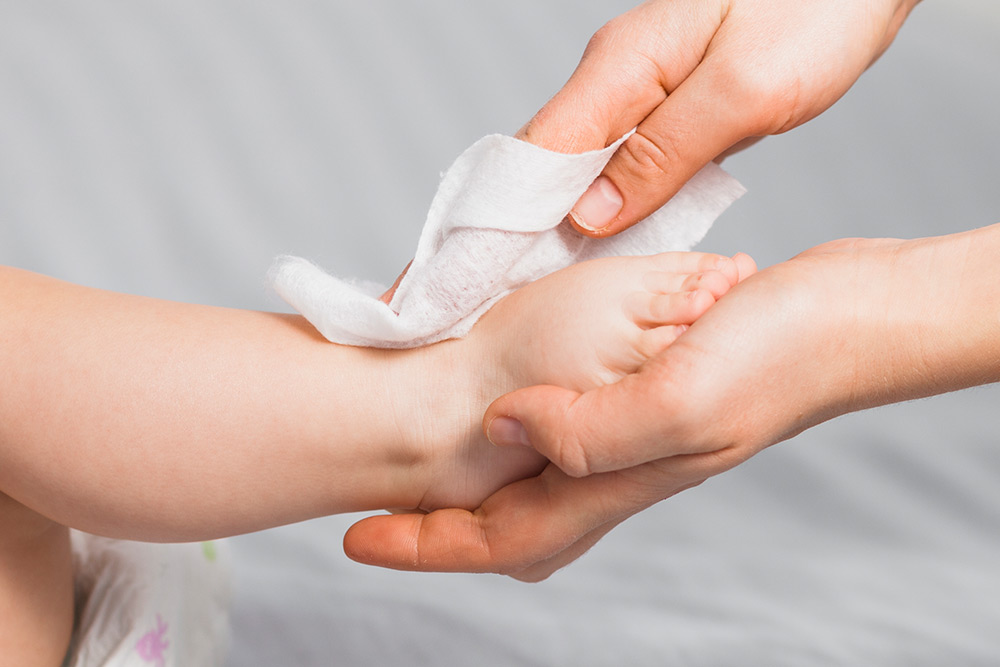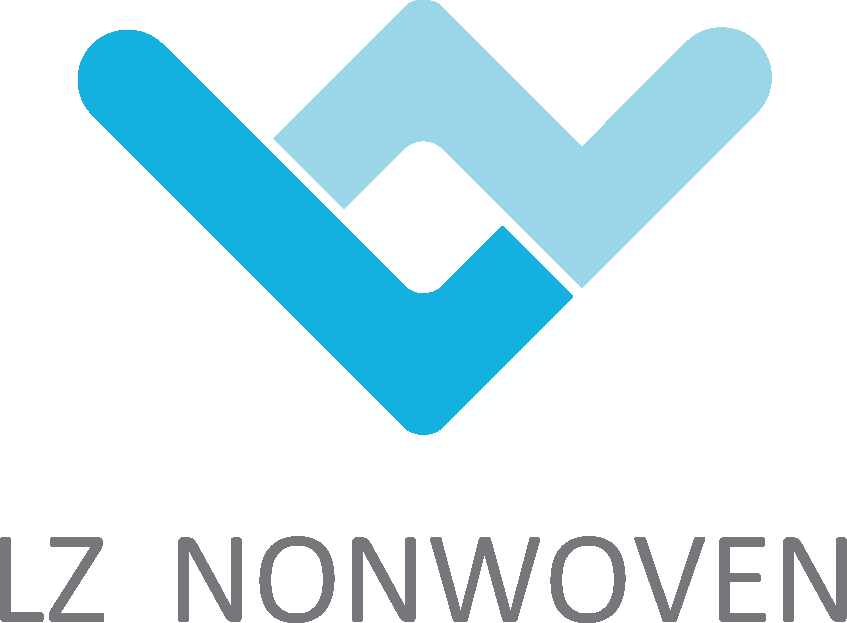In modern home decoration, non-woven wall cloth, as a new decorative material, has gradually become the focus of consumers. Compared with traditional paints and wallpapers, non-woven wall cloth has gradually occupied a place in the market due to its environmental protection characteristics, durability and rich design styles.
Non-woven wall cloth is a wall cloth material that is not woven through a textile process. It is usually made of polyester fiber, cellulose fiber and other raw materials through bonding, lamination or hot melting. Unlike traditional woven wall cloth, the production process of non-woven wall cloth does not require a textile process, which reduces costs and simplifies the process while also bringing better environmental performance. Due to its material structure, non-woven wall cloth has stronger breathability, mildew resistance and wear resistance, making it an ideal choice for home and commercial space decoration.
The environmental protection characteristics of non-woven wall cloth are one of the main reasons for its wide popularity. No harmful substances are used in the manufacturing process of non-woven wall cloth, which reduces the emission of toxic substances such as formaldehyde, so it is safer when used indoors. Its environmentally friendly and non-toxic characteristics are particularly suitable for home environments with high requirements for air quality, such as homes with children or the elderly. In addition, non-woven wall cloth can dissipate odors quickly and reduce the residual harmful gases.
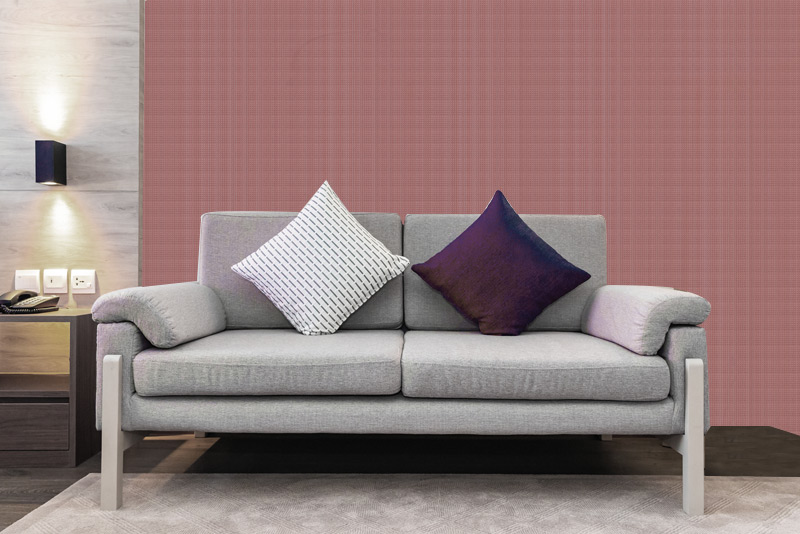
Non-woven wall cloth is also very convenient to install. It can usually be directly pasted with wallpaper glue, eliminating the complicated base treatment steps. At the same time, non-woven wall cloth has good tear resistance and is easy to cut and fit, ensuring fit even at corners or edges. More importantly, non-woven wall cloth is also very convenient for future maintenance or replacement. Generally, there is no need to laboriously remove the residue on the wall, reducing the cost of renovation.
Due to its fiber structure, non-woven wall cloth has excellent air permeability, which helps keep the wall dry and prevent mold growth. This allows it to remain permanently clean in a humid environment, especially suitable for humid areas in the south. Compared with traditional wallpaper materials, the air permeability of non-woven wall cloth is also significantly improved, effectively avoiding the negative impact of humid weather on the wall.
Modern consumers have an increasing demand for personalized home decoration, and non-woven wall cloths provide a rich variety of styles and design options. Whether it is a simple modern style or a retro European style, non-woven wall cloths can provide corresponding solutions. In addition, the surface texture of non-woven wall cloths is diverse, which can simulate the effects of cloth, wood grain, marble, etc., adding texture and layering to the room.
Non-woven wall cloths are usually installed with wallpaper glue or environmentally friendly wallpaper glue. This type of glue is more stable during the pasting process and will not damage the material of the wall cloth. When choosing glue, it is recommended to give priority to environmentally certified products to ensure that no harmful gases are released.
Before pasting non-woven wall cloths, the wall surface needs to be kept dry and clean to avoid dust or moisture adhesion to prevent affecting the pasting effect and service life of the wall cloth. At the same time, cracked or uneven parts of the wall surface need to be simply repaired to ensure a more beautiful pasting effect.
Although non-woven wall cloths have strong stain resistance, in order to maintain its beauty and cleanliness, it is recommended to clean the surface regularly with a soft cloth or a vacuum cleaner. Especially in areas that are prone to stains, such as children's rooms or kitchens, regular light cleaning can extend the service life of wall coverings.
As people's living standards improve, consumers are increasingly demanding the quality and environmental performance of home decoration materials. Non-woven wall coverings not only meet the requirements of environmental protection and health, but also meet the needs of modern fast-paced lifestyles with their diverse designs and simple installation methods. In the future home decoration market, non-woven wall coverings are expected to occupy a larger market share, especially in emerging markets and consumer groups that pay attention to environmental protection.
The market development of non-woven wall coverings is closely related to their technological innovation. In the future, through improved fiber materials and innovative processing technology, the breathability, waterproofness and antibacterial properties of non-woven wall coverings will be further improved. At the same time, the introduction of 3D printing technology and digital printing technology will also bring more vivid patterns and visual effects to wall coverings, providing consumers with more personalized choices.
Environmental protection has become a global consensus. In the future, non-woven wall coverings, as a low-carbon and environmentally friendly decorative material, will occupy a more important position in the market. Especially in the context of the growing demand for green buildings and environmentally friendly decorative materials, non-woven wall coverings will bring new growth points to the home improvement and architectural decoration industries.


 English
English 简体中文
简体中文 日本語
日本語
